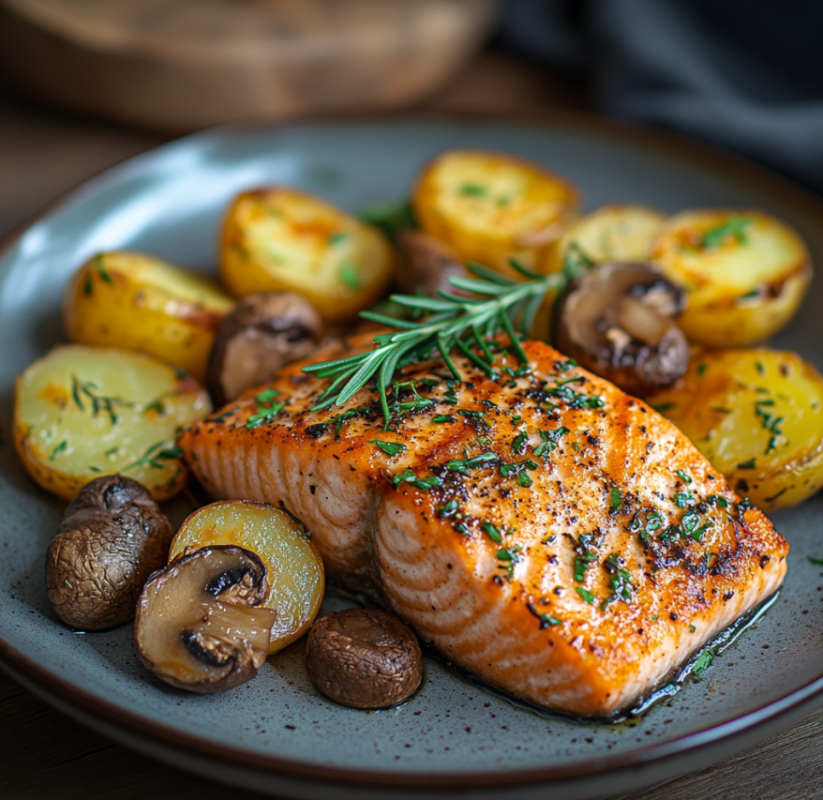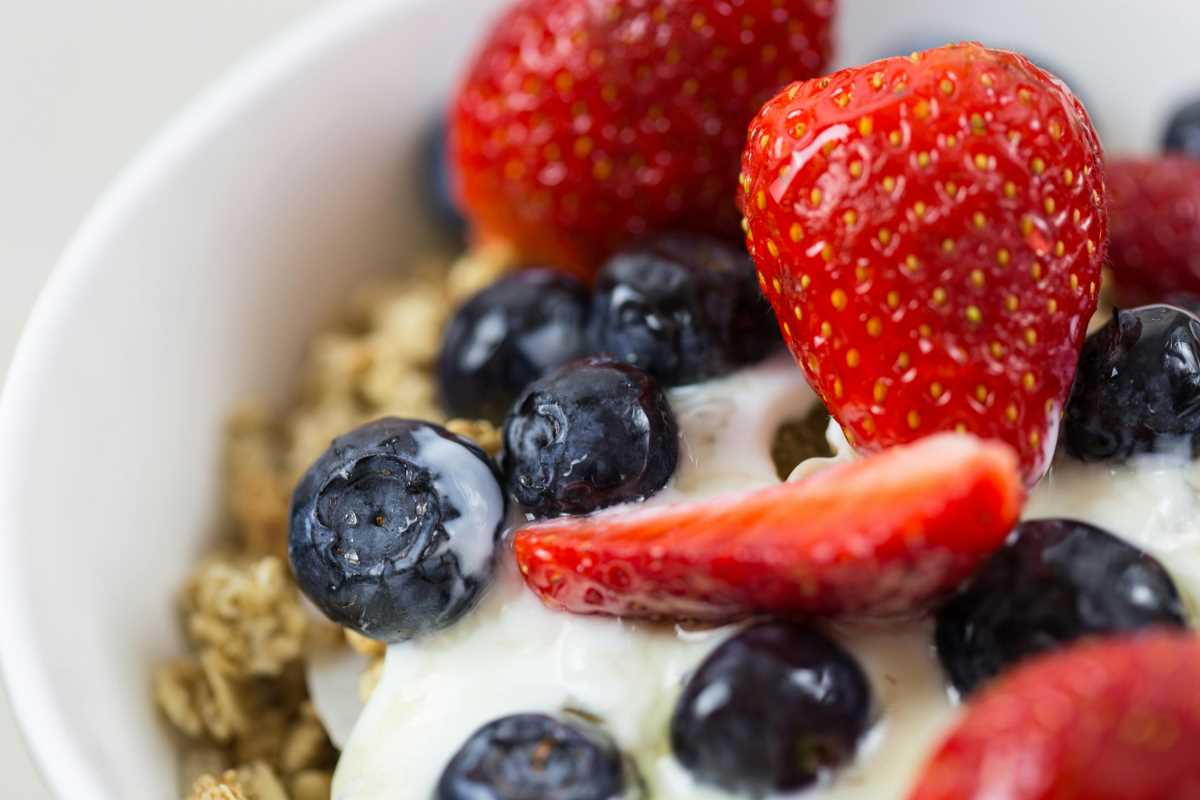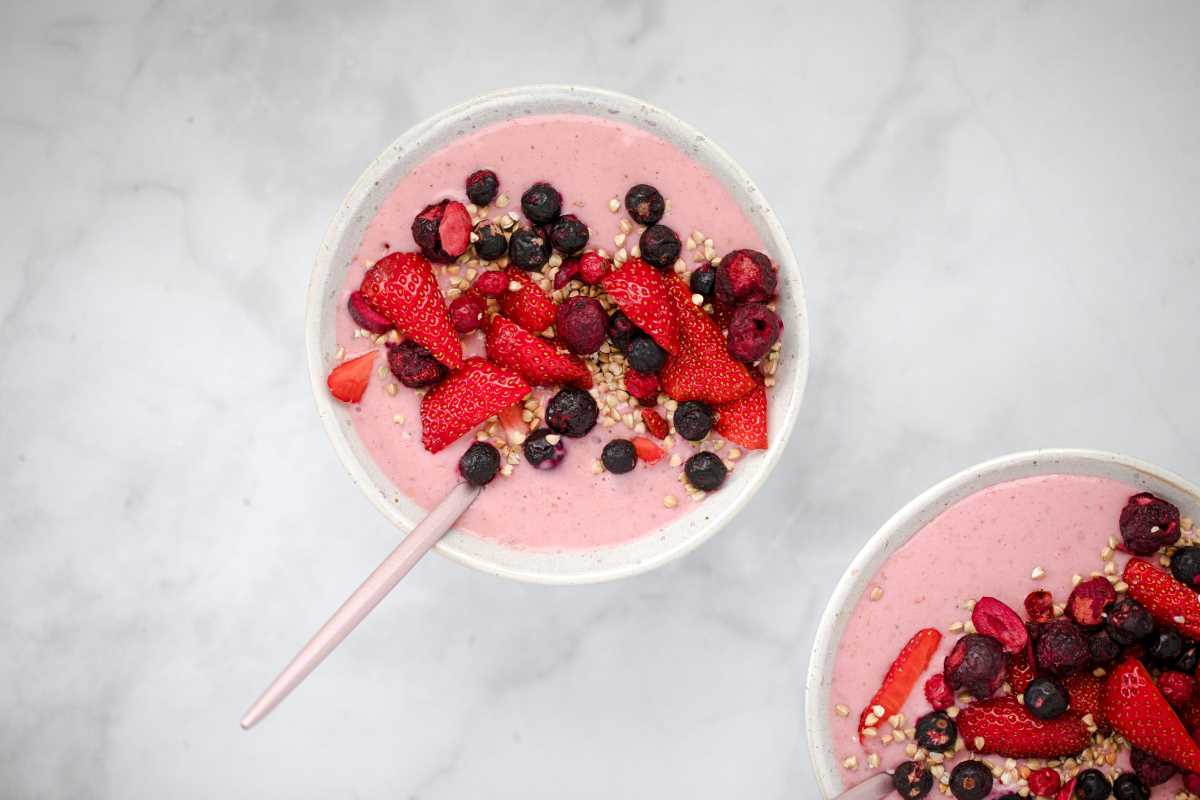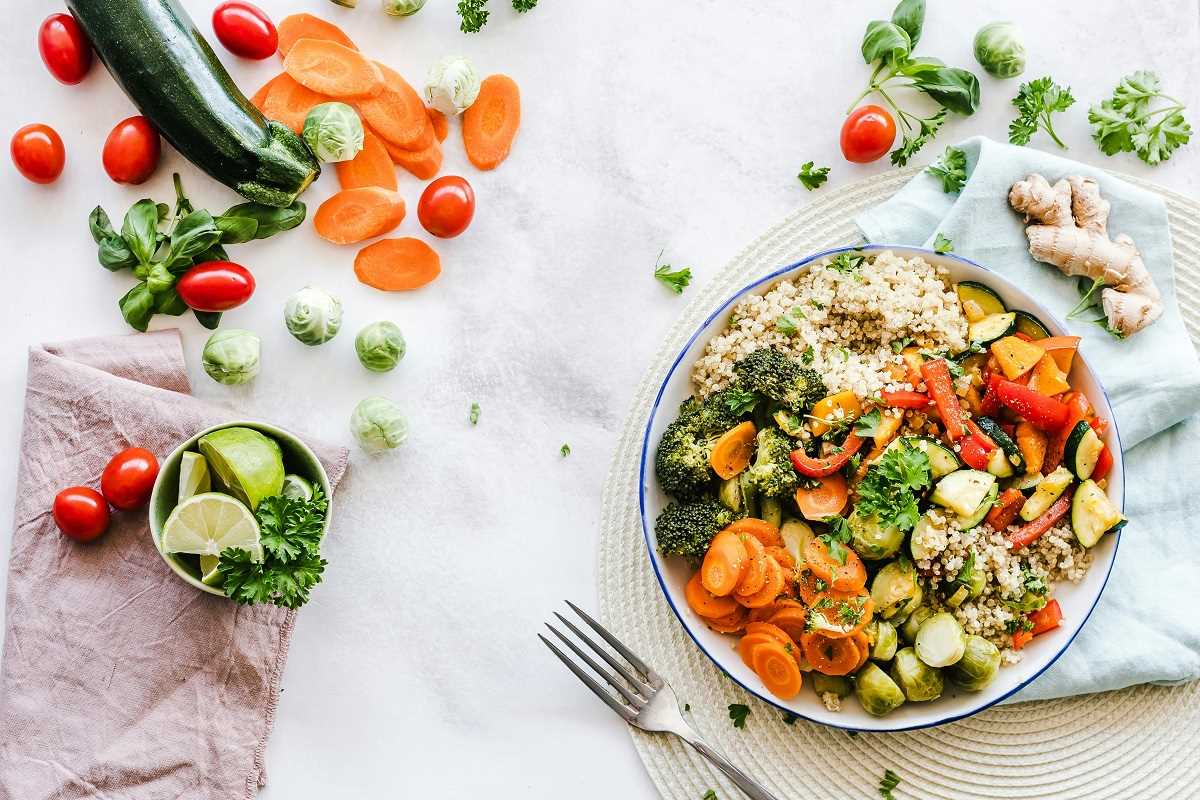The idea of low-carb living continues to gain traction, and for good reason. From claims of better energy levels to long-term weight management, many people have found a low-carb approach to be both beneficial and sustainable. But what does it actually mean to live a low-carb life, what challenges might it bring, and what are the best foods to make it work?
Whether you're considering this as a new way of eating or have already started dipping your toe in, there's a lot to unpack. Let's explore the benefits, challenges, and what foods will help you thrive.
What Does Low-Carb Living Mean?
Low-carb living is about cutting down on foods that are high in carbohydrates, such as bread, pasta, rice, and sugary treats, while prioritizing proteins, healthy fats, and non-starchy vegetables. Carbohydrates are one of three main macronutrients, alongside protein and fat. When you reduce your carb intake, your body begins using fat for fuel instead of glucose, which can lead to weight loss and other health benefits.
The definition of “low-carb” can vary from person to person. Some diets, such as the ketogenic (or keto) diet, require very low carb consumption and a high intake of fats. Others, like the Atkins diet, slowly reintroduce carbs after an initial reduction phase. For many, a balanced low-carb diet may simply focus on reducing refined or highly processed carbs while still enjoying some healthier carbs like fruits and whole grains in moderation.
The key is finding what works best for your body and lifestyle—which might look different than someone else’s approach.
The Benefits of Low-Carb Living
While low-carb eating isn’t for everyone, it offers noteworthy benefits. These can often resonate with specific health goals and even day-to-day living.
1. Better Blood Sugar Control
Carbohydrates, particularly refined or sugary ones, can cause spikes in blood sugar. This may result in energy crashes or worsen conditions like type 2 diabetes. For seniors, maintaining stable blood sugar levels can play a vital role in overall health. Low-carb diets help reduce these fluctuations, giving you steady energy levels throughout the day.
2. Supports Weight Management
For many, weight loss is one of the primary reasons for going low-carb. This approach can be effective because it helps reduce hunger and cravings, thanks to higher protein and fat intake. Fat takes longer to digest, keeping you fuller for longer, while protein increases feelings of satisfaction after meals.
3. Improved Heart Health
Low-carb diets often encourage the inclusion of healthy fats like those found in avocados, nuts, seeds, and olive oil. These fats can support heart health by promoting good cholesterol (HDL). When done correctly by avoiding unhealthy processed fats, a low-carb lifestyle can positively impact blood pressure and triglyceride levels too.
4. Brain Boosting Benefits
Did you know your brain loves fat? Cutting down on refined carbs can reduce brain fog and improve focus, especially when you replace them with good fats like omega-3s. Some studies even suggest that low-carb diets may help with memory support and reduce age-related cognitive decline.
5. Less Bloating and More Digestion Comfort
Many women find that ditching foods like bread and pasta leads to reduced bloating and improved digestion. High-carb foods can sometimes cause water retention, while low-carb eating emphasizes fiber-rich vegetables that are gentle on the stomach.
Facing the Challenges of Low-Carb Living
Of course, no lifestyle change is without its hurdles. While there are many upsides, being informed about the potential challenges ensures smarter planning and greater success.
1. The Carb Cravings
If you’ve enjoyed your fair share of pasta or bread over the years, it’s no surprise that cutting back can feel like an uphill battle at first. Craving carbs is common, especially during the first couple of weeks. These cravings usually subside once your body adjusts to fueling itself with fat.
2. The "Keto Flu"
If you’re drastically cutting carbs, you might feel run down or tired initially. Often referred to as the “keto flu,” this happens when your body transitions from burning glucose to burning fat. Symptoms can include headaches, fatigue, or mild irritability. Drinking plenty of water and ensuring you’re getting enough electrolytes like potassium and magnesium can help.
3. Social and Lifestyle Adjustments
Dining out or celebrating with family can also create challenges. How often do gatherings revolve around carb-heavy foods like pizza, cake, or sandwiches? Adjusting to a low-carb lifestyle involves planning ahead, whether that’s speaking up about dietary preferences or bringing a dish you know you can enjoy.
4. Nutrient Gaps
Removing carbs completely without careful attention can result in missing out on essential nutrients. Whole grains, for example, are rich in certain vitamins and minerals like B vitamins. Ensuring you include nutrient-dense, low-carb options like leafy greens, nuts, seeds, and healthy fats can counterbalance this.
The Best Foods for Low-Carb Success
Navigating the best foods to eat on a low-carb diet doesn’t have to be overwhelming. Here’s a rundown of staples that will keep you feeling satisfied and energized:
Proteins
- Lean Meats (Chicken, Turkey, Pork Tenderloin)
- Fatty Fish (Salmon, Sardines, Mackerel)
- Eggs (A versatile option that’s perfect for any meal)
- Tofu and Tempeh (Great plant-based protein options)
Healthy Fats
- Avocados
- Olive Oil and Avocado Oil
- Nuts and Seeds (Almonds, Walnuts, Chia Seeds)
- Full-Fat Dairy (Cheese, Greek Yogurt, Cream)
Non-Starchy Vegetables
- Leafy Greens (Spinach, Kale, Arugula)
- Cruciferous Veggies (Cauliflower, Broccoli, Brussels Sprouts)
- Zucchini, Bell Peppers, and Cucumbers
Low-Sugar Fruits
- Berries (Strawberries, Raspberries, Blueberries)
- Lemons and Limes
- Avocados (Yes, they’re a fruit!)
Optional Carbs in Moderation
- Sweet Potatoes
- Quinoa
- Whole Grains like Brown Rice (if not strictly keto)
Snacks
- Hard-Boiled Eggs
- Raw Veggie Sticks and Guacamole
- Cheese Sticks or Cubes
- Handful of Almonds or Macadamia Nuts
Tips for Making Low-Carb Living Easier
Here are a few strategies to help low-carb living feel more manageable (and enjoyable):
- Plan Ahead
Set aside time every week to plan meals and snacks. If you’re well-prepared, it’s easier to resist reaching for unhealthy options.
- Hydrate and Add Electrolytes
Drinking water can help combat fatigue or cravings, and adding electrolytes will balance your hydration while preventing that sluggish feeling.
- Experiment with Recipes
Try cauliflower rice, zucchini noodles, or almond flour pancakes to make your low-carb options just as satisfying as your old favorites.
- Celebrate Small Wins
Don’t get caught up in perfection! Celebrate every small step, like choosing a side salad over fries at your favorite restaurant.
Final Thoughts
Low-carb living isn’t about restriction but rather about intentional choices that help you feel energized and confident in your health. While every individual’s body is different, exploring this lifestyle at your own pace can lead to noticeable, positive changes.
If you do face challenges along the way, remember that success isn’t about sticking to a rigid set of rules. It’s about finding balance and discovering the foods and habits that work with your lifestyle and goals.
It’s never too late to try something new, especially if it brings more vitality to your life. Take the first step, explore some delicious low-carb recipes, and see how you feel!
 (Image via
(Image via





